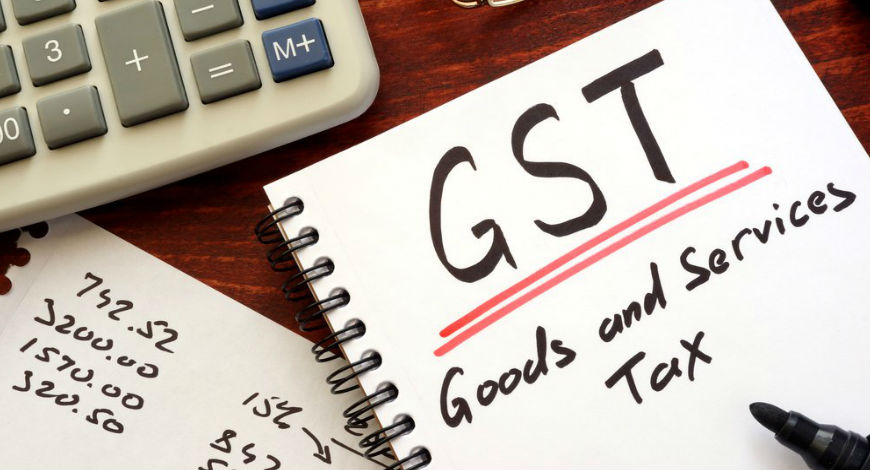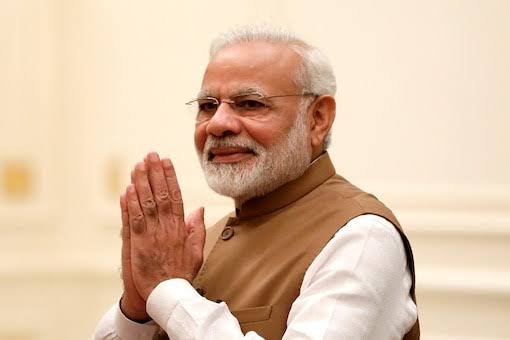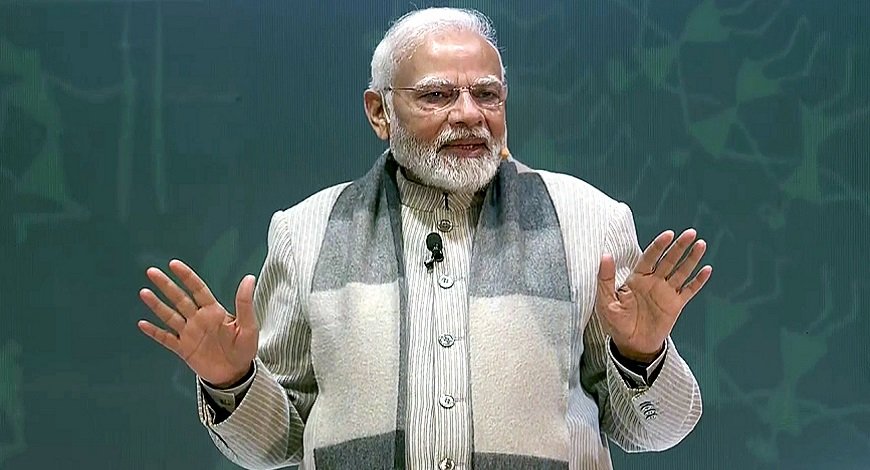The growth and development of a nation are continuous processes, and the aim is to make India a developed nation in the next 20-25 years
The coming 30th May will see the completion of nine years of the Modi-led NDA government. PM Modi and his team have taken multifarious strides to enhance governance, financial inclusion, push towards the digitalization of banking, Make in India, provide stimulus to infrastructure, and implement regulatory reforms to attract both domestic and foreign investments and achieve a higher economic growth rate.
The government, under Modi’s leadership, has reached out to the poor and needy through the Pradhan Mantri Jan Dhan Yojana, which has enabled the availability of bank accounts with zero maintenance amount, remittances, insurance services, credit, and pensions. As per recent reports, over 47 crore accounts have been opened under this scheme.
One of the most historic indirect tax reforms was introduced in 2017 with the implementation of one national tax – GST – in order to curb tax leakages and improve the systems. The total gross collection for FY 2022-23 stands at over Rs 18 lakh crores.

The government announced demonetisation in November 2016, a decision subjected to wide criticism, which led to the scrapping of old Rs 500 notes and Rs 1000 notes and the introduction of Rs 2000 notes as a step to combat the shadow economy and move towards a cashless economy. Demonetization resulted in increased usage of cards and digital banking, which proved beneficial when the pandemic created economic chaos. As per reports, UPI will have witnessed over 74 billion transactions in volume and Rs 126 trillion in terms of value in the year 2022. The value of digital transactions crossed over USD 1 trillion in FY 2022.

The Covid-19 pandemic showcased the efficiency and efficacy of the government’s think-tank in administering over a billion doses of vaccines to its eligible population within 9 months of the vaccination drive. The pandemic also highlighted the prowess of the Make in India initiative with the development of its own Covid-19 vaccines – Covishield and Covaxin – which were supplied to more than 100 countries.
Other notable programs include Digital India and Skill India Mission to enhance digital infrastructure and human capital, PM Awas Yojana addressing the needs of slum dwellers, and Ayushman Bharat Yojana focusing on the well-being of poor families and providing health insurance coverage of up to Rs. 5 lakh.

Infrastructure is the backbone that needs strengthening for the development of any economy. The budget announced this year has increased the capital expenditure by 33 per cent to Rs. 10 lakh crores. Under the National Infrastructure Pipeline, the government aims to invest ₹110 lakh crore in the coming time. The Gati Shakti National master plan, launched in October 2021, aims to provide multimodal connectivity infrastructure to all economic zones of India. To increase connectivity and drive digital transformation, the government has announced PLI schemes to boost domestic electronic manufacturing, including Rs. 76,000 crores and Rs. 40,995 crores for Semiconductors and Mobile phones & electronic components, respectively.
The present government has implemented reforms in various sectors, including the RERA Act for real estate, IBC for addressing NPAs in the banking system, liberalizing FDI to attract investments, and the introduction of GIFT city and Smart Cities for urban development, among others.
The growth and development of a nation are continuous processes, and the aim is to make India a developed nation in the next 20-25 years. The key to sustaining development lies in the implementation of various policies and programs, including the National Education Policy, infrastructure and logistic reforms, providing impetus to Make in India, becoming a net exporter, and climbing the ranks in ease of doing business through sustained regulatory reforms.

The author is a practising chartered accountant and an independent director on many large public companies whose views and ideas have been instrumental in framing policy
